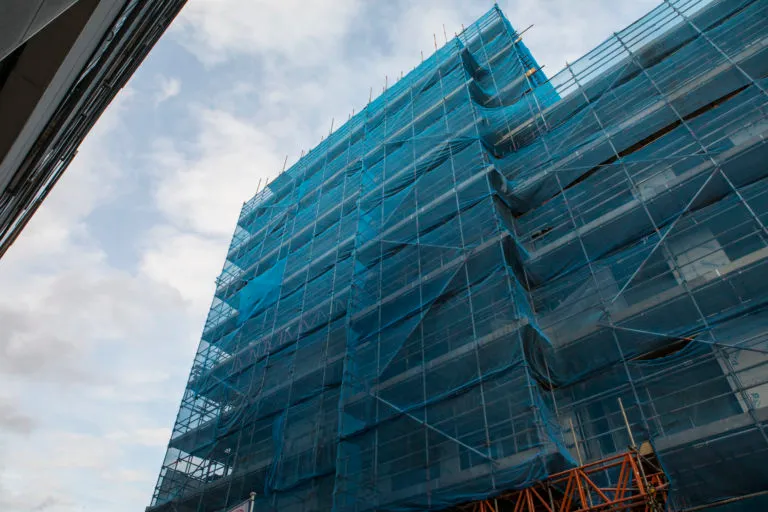Planning reforms and the threat to affordable housing
Published: by Reshima Sharma

On Monday, MPs debated the government’s proposed planning reforms. The focus was on the Labour Party’s motion to “protect the right of communities to object to individual planning applications”, and what they have called the ‘Developers’ Charter’.
The government’s controversial zoning system has dominated debates around the upcoming Planning Bill. But we should give much more attention to the impact of the proposed reforms on the delivery of affordable and social housing.
Threats to affordable housing
Last year, the government’s Planning White Paper proposed to introduce a new Infrastructure Levy on all new developments above a certain value. This new charge will be a flat rate, nationally set, and it would replace Section 106 and the Community Infrastructure Levy. The government has promised it will “deliver at least as much – if not more – on-site affordable housing”. But it is still not clear how the government will guarantee this – or what the impact of the levy will be on affordable and social housing.
In our current system, Section 106 agreements take place between developers and local authorities. Planning obligations can require that a part of new developments provide affordable housing. This is currently the primary route through which social housing in England is delivered.
With grant levels for social housing so low, the planning system has taken the leading role in delivering social housing in recent years. Over the last five years, social housebuilding has averaged less than 6,500 homes a year – nowhere near enough for the 1.1 million people on the waiting list. Although far from perfect, Section 106 agreements have delivered more social housing over the last decade than any other route. In 2018, ten times as many social homes were delivered through Section 106 agreements, compared to homes delivered by central grants. Since direct government investment has all but dried up, Section 106 now accounts for well over half (57%) of all new social homes that are built in England.
The government is keen to replace Section 106 with a flat levy on all new developments instead. They criticise the negotiations for taking too long, for being opaque, and for being inconsistent. There is certainly scope to improve the Section 106 process – and to ensure it delivers much more social housing. But, with investment so low, it is also the most successful tool for funding social homes through the planning system we have ever had.
The new consolidated Infrastructure Levy
The new Infrastructure Levy would do away with Section 106 negotiations, applying a flat tax on the final value of developments above a certain threshold. This levy would be nationally set – at either a single rate, or at area-specific rates. The same rate could therefore apply to a development on a brownfield site with high build costs or to a greenfield site with low land remediation costs. It’s unclear how a flat levy could be uniformly imposed without unintended consequences: a high rate could risk making sites with high remediation costs unviable. But a low rate could mean local authorities miss out on significant contributions from valuable developments, which will be vital to funding affordable housing under the new system. Even if the rate is area-specific, it is difficult to imagine that a single rate could work for every site, while also delivering the social housing we desperately need.
There are a lot of questions that need answering about the new Infrastructure Levy and the government has not yet provided an assessment of how the levy will work, and crucially, how it will impact social housing delivery.
The bottom line is that it’s irresponsible to scrap a system that has become vital for delivering social housing without proof of concept. Shelter has called on the government to adopt a ‘test and learn’ approach, piloting these changes in certain parts of the country to understand the impact. The government should only proceed if it is clear that the new levy can increase the supply of social housing.
Increasing capital investment in social housing
The current reliance on Section 106 is a problem, and Shelter is campaigning for government grants for social housing to be increased considerably. To tackle the housing emergency, we need to scale up social housing delivery across the country and provide decent, affordable homes to the millions who are either homeless or trapped in bad housing.
Reforms to the planning system alone cannot deliver enough social housing to meet the growing need across the country. The government must also substantially increase capital investment in social housing. An investment of £12.8 billion a year over ten years would annually deliver 90,000 social rented homes, which are desperately needed to break the back of our housing emergency.
—
We are losing more social homes than we are building every single year and the housing emergency is getting worse. Join our fight for a better future today and demand that the government starts building the social homes we desperately need.